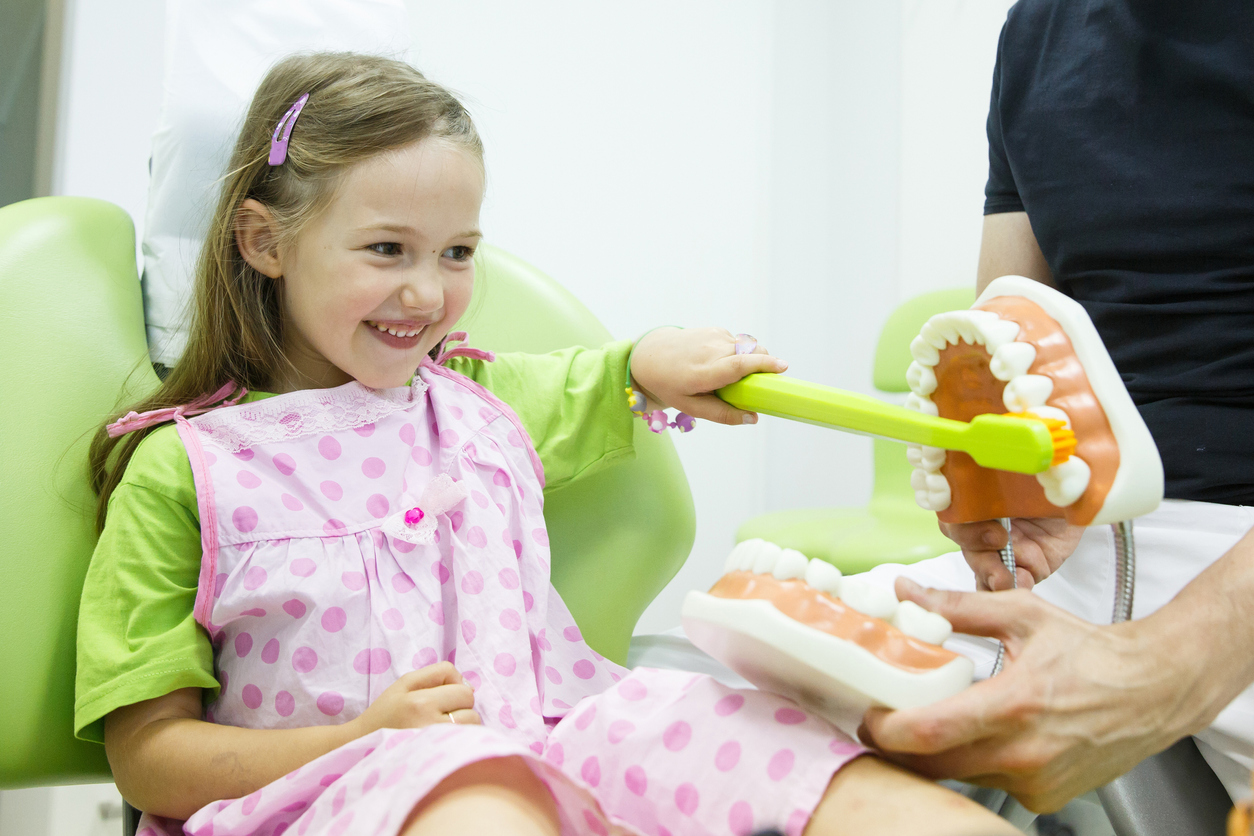How to Prevent Tooth Decay in Children
Unfortunately, cavities are among the most common dental ailments in children between the ages of 6 and 12. Despite how healthy your child’s diet might be, there is still a chance that tooth decay will occur. There are plenty of ways though to prevent tooth decay in children. At My Dentist Anaheim, Dr. Tarun Patel and our friendly experts have plenty of treatments and preventative measures that can help your little one stay on the right track to good oral health. Many different things can cause tooth decay, but the earlier it is caught, the sooner it can be taken care of. Cut Down on Sugar The number one advice … Read more

